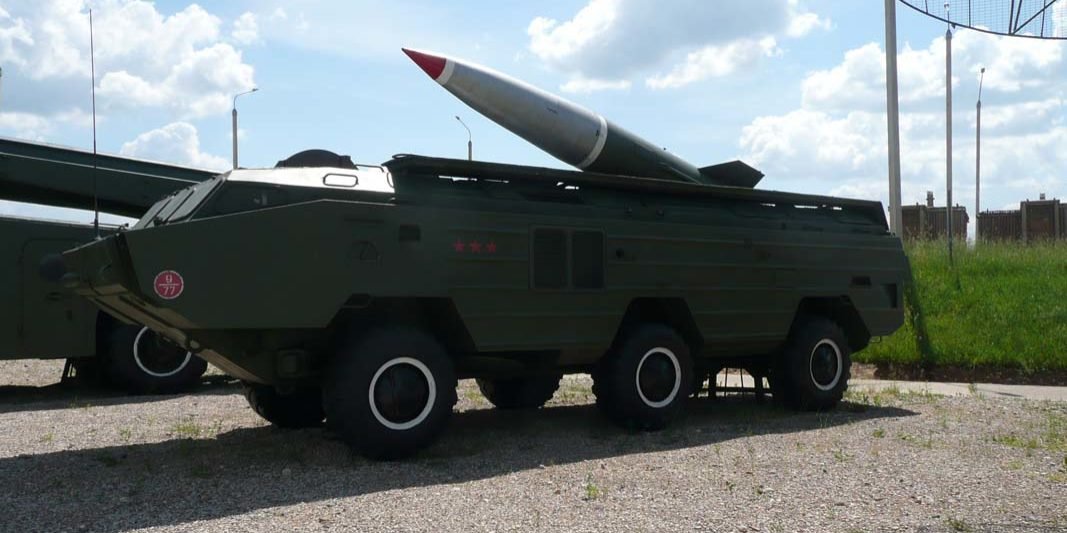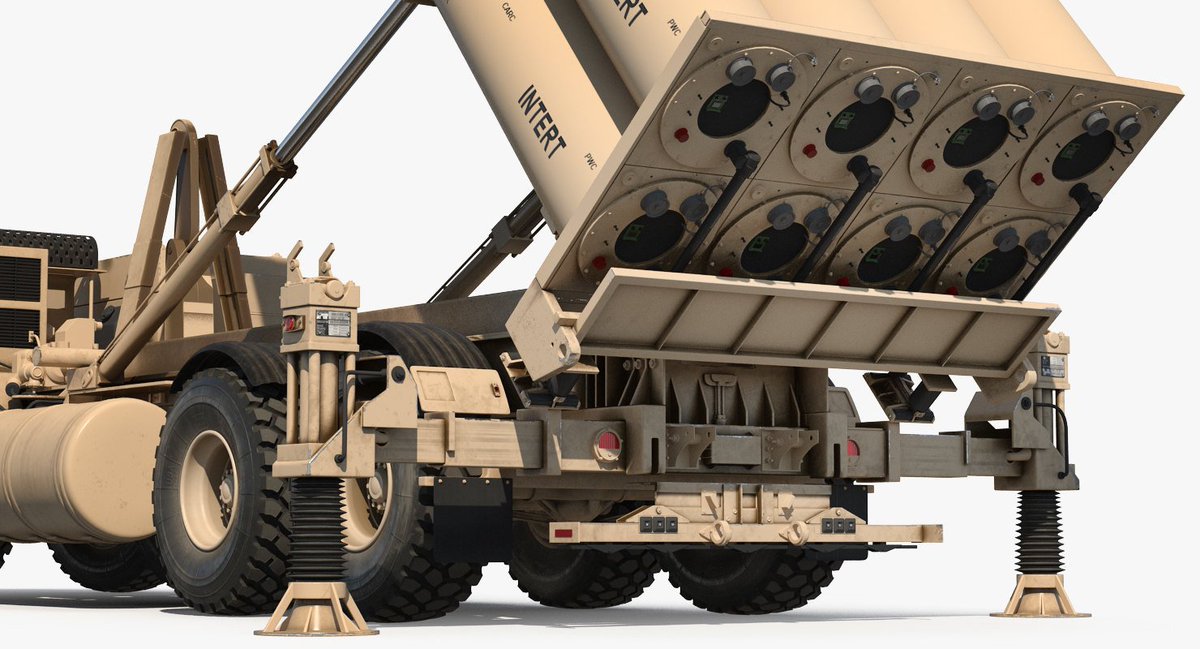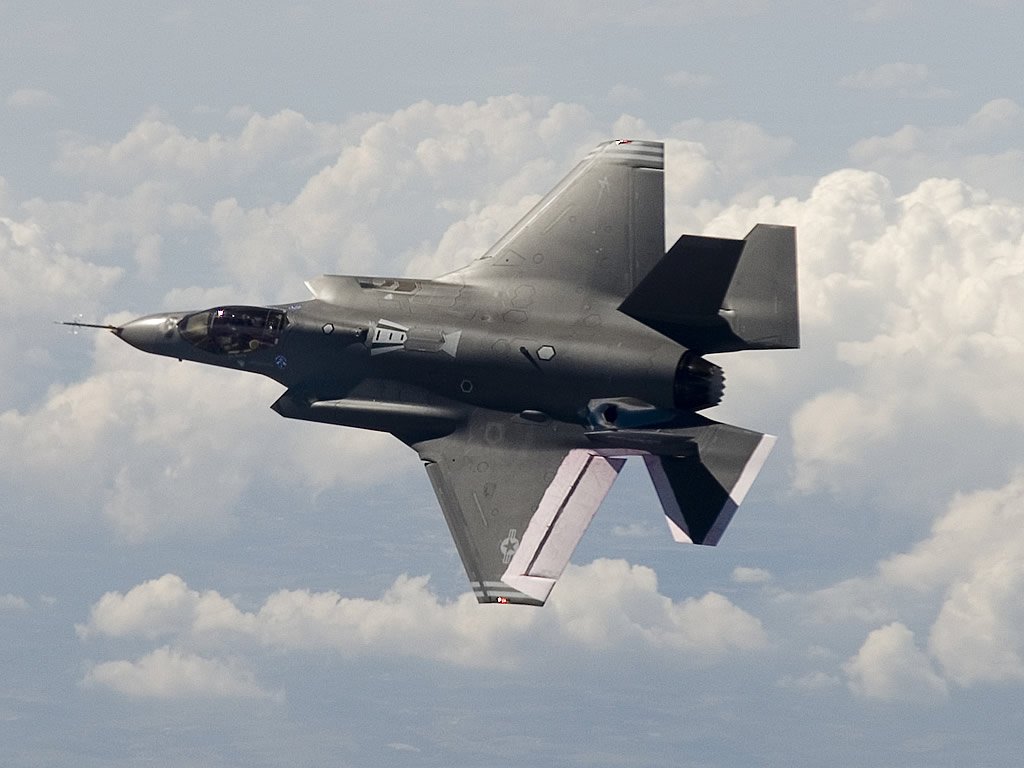
The subject of this thread is the Russian VDV airhead at the Hostomel Airport just North of Kyiv and a rumor associated with same.
1/
1/
https://twitter.com/TrentTelenko/status/1496977313082363904
Rumor with lots of 🧂🧂:
There is a rumor that the Ukrainians used a (or several?) Tochka-U SRBM to break VDV resistance at the airport near Kiev.
2/
There is a rumor that the Ukrainians used a (or several?) Tochka-U SRBM to break VDV resistance at the airport near Kiev.
2/

There are horrid implications for Western Military power projection in this.
If true, the 82nd Airborne Division & 18th Corps are obsolete concept tactical unit far overdue to get its walking papers.
You can't paradrop anti-ballistic missile systems with a ready brigade.
3/


If true, the 82nd Airborne Division & 18th Corps are obsolete concept tactical unit far overdue to get its walking papers.
You can't paradrop anti-ballistic missile systems with a ready brigade.
3/



Nor can a 5th Generation fighter like the F-35 protect a Western paratrooper/VTOL delivered airhead from an Iskander-M.
4/

4/


The new generation Chinese PLA, 350 km range, PCL191 multiple launch rocket system erases the distinction between SRBM's & guided MLRS.
This system is intended for erasing Taiwanese SAM sites, but their proliferation to Iran, Venezuela and elsewhere is guaranteed.
5/
This system is intended for erasing Taiwanese SAM sites, but their proliferation to Iran, Venezuela and elsewhere is guaranteed.
5/

The only way I can see to deal with this threat to current Western airborne & VTOL power projection is to deploy in large numbers something like the cancelled Network Centric Airborne Defense Element (NCADE) missile with Western fighters & drones for anti-SRBM work.
6/
6/

There just don't seem to be any other within 5-years alternatives.
There is a link detailing NCADE below.
7/End
missiledefenseadvocacy.org/defense-system…
There is a link detailing NCADE below.
7/End
missiledefenseadvocacy.org/defense-system…
@threadreaderapp unroll please
@threadreaderapp please unroll
@threadreaderapp please unroll
• • •
Missing some Tweet in this thread? You can try to
force a refresh



















